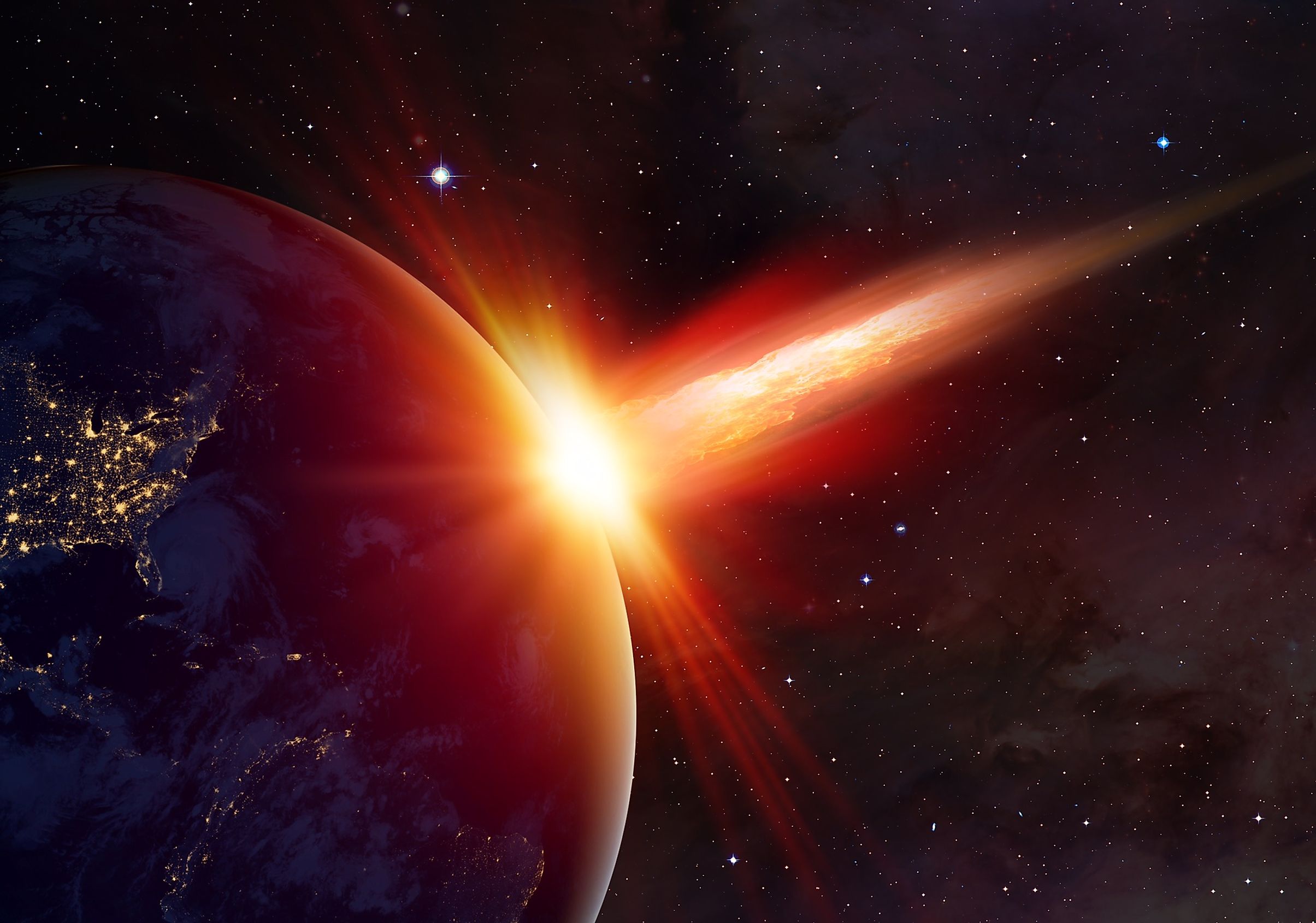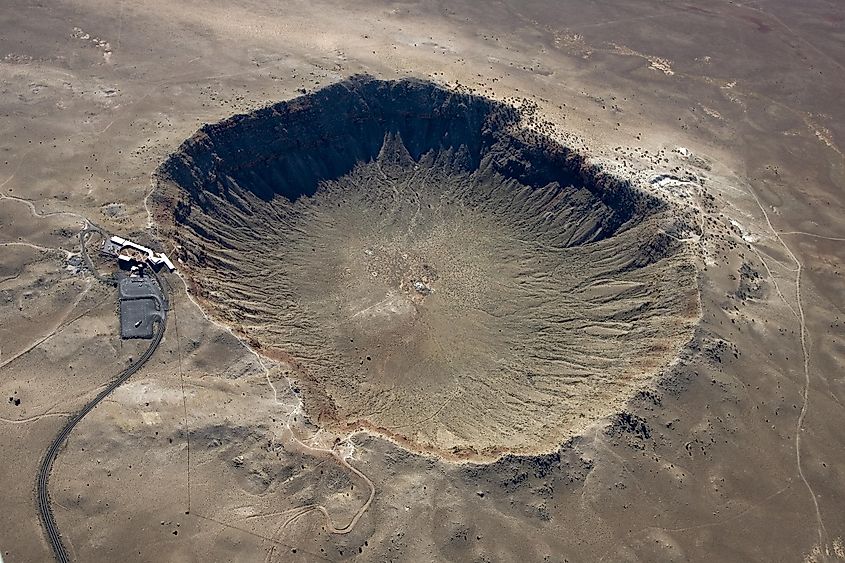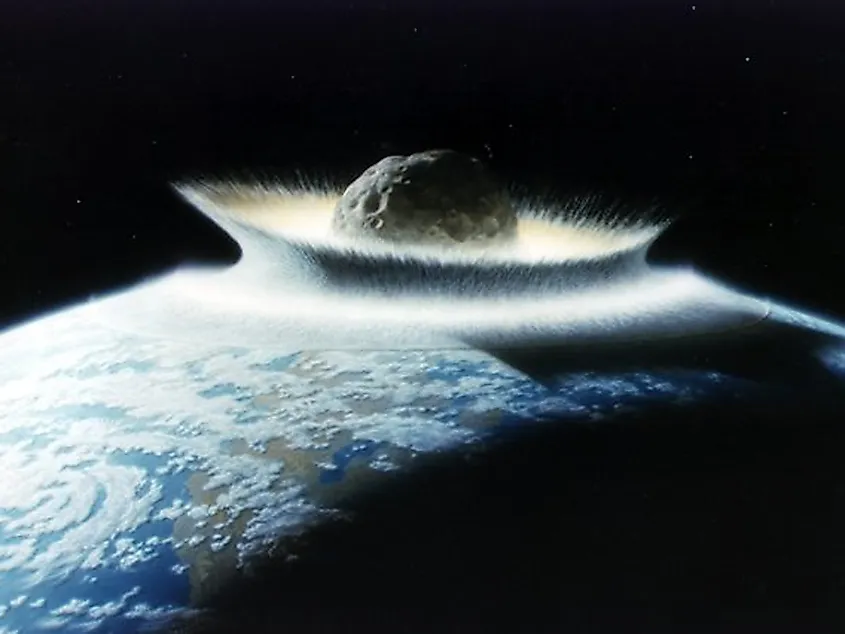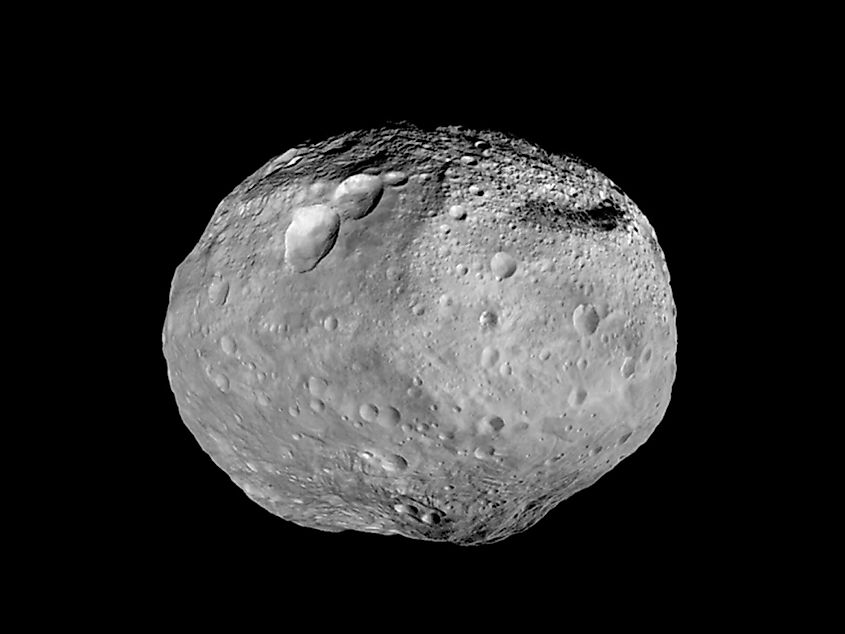
How Many Asteroids Have Hit Earth?
The solar system is home to countless asteroids and other forms of planetary debris. Every rocky planet in our solar system has a number of impact craters, including the Earth. Every planet in our solar system has been impacted by a large number of asteroids. Asteroid impacts seem to be a rare occurrence on Earth, and there doesn’t seem to be a lot of impact craters on Earth either. How many times has the Earth been hit by asteroids?
Impact Craters On Earth

There is not an overly large amount of impact craters on Earth, yet there is a very clear reason for this. The Earth is geologically active, with the surface constantly replenishing its rock and experiencing vast amounts of change over time. Impact craters tend to disappear fairly quickly on geologically active worlds, and so there are not very many on the Earth. That isn’t to say, however, that there aren’t any at all. There are a total of 190 confirmed impact craters on Earth today, most of which are relatively small. In fact, most asteroid impacts in the last 10,000 years produced impact craters less than a kilometre across. Large asteroid impacts happen rarely, yet they have happened a few times in Earth’s history.
The Two Largest Impact Craters

The largest asteroids to ever impact the Earth all occurred tens of millions to billions of years ago. The largest known impact crater on Earth is the Vredefort impact structure located in South Africa. Although you would not guess this structure to be an impact crater at first glance, detailed analysis of the region has confirmed it to be the largest impact crater on Earth with a diameter of 160–300 kilometres 100–200 miles). The crater is estimated to be a staggering two billion years old. An impact such as this today would likely spell the end for most complex forms of life on Earth, yet two billion years ago, life on Earth was confined to the oceans and only came in the form of single celled organisms. Such an impact, although may have been devastating to some forms of life, left early forms of life largely untouched.
The second largest impact crater on Earth is perhaps the most famous. The Chicxulub crater is a large impact crater located in the Yucatan Peninsula in Mexico. The crater itself is 180 kilometers (110 miles) in diameter and has an estimated age of around 66-million years. The reason why this particular impact is so famous is because 66-million years coincides with the Cretaceous mass extinction event, which saw 75% of all living things on Earth, including most of the dinosaurs, become extinct. Around 66-million years ago, an asteroid roughly ten kilometres (six miles) in diameter struck the Earth, releasing the energy equivalent of 4.5 billion atomic bombs. The impact caused one of only five known mass extinction events on Earth.
How Often Do Asteroids Impact Earth?

Asteroids are regular visitors to the Earth. Every year, a small asteroid passes through our atmosphere, yet they are generally so small that they completely burn up before reaching the surface. Asteroids that reach the surface and cause some damage generally only occur every 2,000 years or so. Large asteroids, such as the one that killed the dinosaurs, impact the Earth every 100-million years on average. Although there is no way of truly quantifying the number of asteroids that have hit the Earth over the course of its 4.5 billion year history, scientists can estimate how often these impacts occur.











